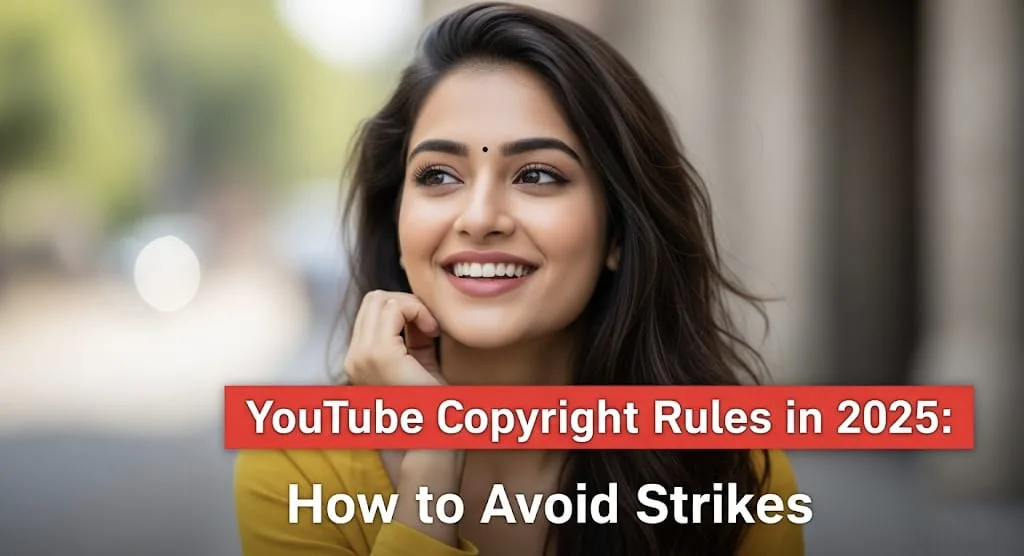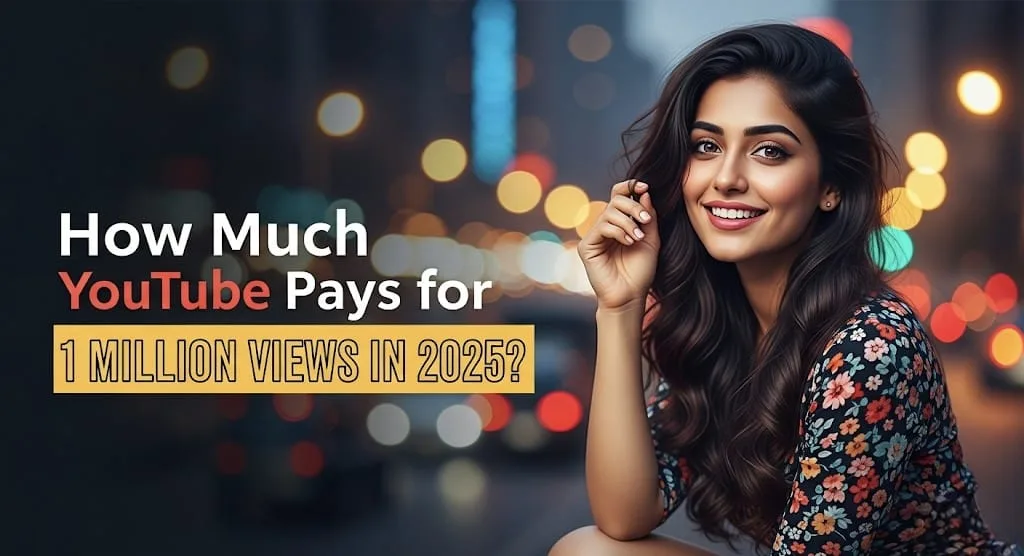The world of YouTube is more vibrant and accessible than ever in 2025, with millions of aspiring creators ready to share their stories, expertise, and passions. For those just starting, the question often arises: what camera and equipment do I really need? Fear not, budding YouTubers! You don’t need to break the bank to produce high-quality, engaging content. This guide will walk you through the essential gear for beginners in 2025, ensuring you can hit record with confidence and make your mark online.
The Camera: Your Visual Storyteller 📸
In 2025, the options for cameras are more diverse and powerful than ever. While professional setups can cost a fortune, beginners have excellent affordable choices that deliver stunning results.
Smartphones: The Ubiquitous Starting Point 📱
Let’s be honest: your smartphone is likely the most powerful camera you already own. Modern flagship phones (think iPhone 16 Pro, Samsung Galaxy S25 Ultra, or Google Pixel 9 Pro) boast incredible video capabilities, often including 4K recording, impressive stabilization, and even cinematic modes.
- Pros: Incredibly convenient, always with you, excellent image quality for its size, and a vast ecosystem of editing apps.
- Cons: Limited optical zoom, smaller sensors can struggle in low light, and less control over manual settings compared to dedicated cameras.
- Recommendation: If you’re on a tight budget or just testing the waters, your smartphone is your best first camera. Invest in a good smartphone gimbal for buttery-smooth footage.
Compact Vlogging Cameras: Designed for Creators ✨
These cameras are specifically built with YouTubers in mind, often featuring flip-out screens, excellent autofocus, and user-friendly interfaces.
- Sony ZV-1 Mark II: A fantastic upgrade from its predecessor, offering improved audio, a wider lens, and Sony’s renowned autofocus. It’s compact, easy to use, and delivers beautiful 4K video. A top contender for vloggers and talking-head videos.
- Canon PowerShot V10: Canon’s entry into the dedicated vlogging camera space is sleek and designed for simplicity. It’s a great point-and-shoot solution for those who want minimal fuss.
- DJI Osmo Pocket 3: This tiny powerhouse combines a camera with a built-in 3-axis gimbal, offering incredibly stable and cinematic footage in a highly portable package. Ideal for action-oriented vlogs or creators on the go.
Mirrorless Cameras: Stepping Up Your Game 🚀
For those ready to invest a bit more and gain greater flexibility with interchangeable lenses, mirrorless cameras are the sweet spot. They offer superior image quality, better low-light performance, and more creative control.
- Sony ZV-E10: Still a powerhouse in 2025, this APS-C mirrorless camera is a favorite among YouTubers for its excellent video features, superb autofocus, and the ability to swap lenses. It’s a fantastic all-rounder for diverse content.
- Nikon Z30: Nikon’s contender in the entry-level mirrorless space, the Z30 offers strong video capabilities and a robust build, making it a reliable choice for beginner content creators.
- Canon EOS M50 Mark II: A popular choice for years, the M50 Mark II continues to offer a great balance of features for its price, including a flip-out screen and strong autofocus.
Audio: Hear Me Loud and Clear! 🎤
Even with the best video, poor audio can instantly turn viewers away. Good audio is paramount for a professional-sounding YouTube channel.
Essential Microphone Types:
- Lavalier Microphones: These small, clip-on mics are perfect for talking-head videos as they capture clear audio close to your mouth, minimizing room echo. The BOYA BY-M1 remains an incredibly affordable and effective choice for smartphones and cameras.
- USB Microphones: For desk-based content like gaming, tutorials, or podcasts, a USB microphone offers excellent plug-and-play simplicity.
- Blue Yeti: A classic for a reason, offering versatile pickup patterns for various recording scenarios.
- Blue Snowball iCE: A more budget-friendly option that still delivers significantly better audio than built-in computer mics.
- Shure MV7: A hybrid USB/XLR microphone, offering broadcast-quality sound and great flexibility for future upgrades.
- Shotgun Microphones: These directional mics attach to your camera and are ideal for capturing audio from directly in front of the lens, reducing ambient noise. The Rode VideoMic Go II or Deity V-Mic D4 Mini are excellent compact options for on-camera audio.
- Wireless Microphones: Essential for freedom of movement, especially for vlogging or interviews. The Rode Wireless GO II is a highly recommended option for its reliability and compact size.
Lighting: Shine Bright Like a Diamond 💡
Proper lighting can transform a mediocre video into a professional-looking production. You don’t need a full studio setup to achieve good lighting.
Beginner-Friendly Lighting Solutions:
- Natural Light: The freest and most flattering light source. Position yourself facing a window for soft, even illumination. Avoid direct sunlight, which can create harsh shadows.
- Ring Lights: Popular among YouTubers for their ability to provide even, flattering illumination for faces, reducing shadows and creating attractive catchlights in the eyes. Look for dimmable options with adjustable color temperatures. The Neewer Ring Light 18″ is a popular choice.
- LED Panel Lights: Versatile and powerful, these lights offer more control over brightness and color temperature. A simple two-light setup (key light and fill light) can dramatically improve your video quality. The Ulanzi VIJIM VL120 is a great portable option.
- Softboxes: These modify harsh light into soft, diffused illumination, similar to natural window light. A basic softbox LED lamp can be a game-changer for a more professional look.
Stability & Accessories: The Unsung Heroes tripod 🤸♀️
- Tripod: A stable tripod is non-negotiable for sharp, steady footage. Whether it’s a full-size tripod for stationary shots or a compact tabletop tripod for vlogging, stability is key. The Joby GorillaPod is a versatile choice for its flexible legs.
- Extra Batteries: Running out of power mid-shoot is frustrating. Always have spare batteries charged and ready.
- SD Cards: Invest in high-speed, reputable SD cards (UHS-II recommended for 4K video) to avoid dropped frames and ensure smooth recording.
- Editing Software: While not equipment, your choice of editing software is crucial.
- Free Options: DaVinci Resolve (powerful, professional-grade), CapCut (mobile-friendly), iMovie (Mac users).
- Paid Options: Adobe Premiere Pro (industry standard), Filmora (user-friendly).
Getting Started: Action! 🎬
Remember, the best equipment is the equipment you actually use. Don’t get caught up in endless gear acquisition syndrome. Start with what you have, master it, and then gradually upgrade as your needs and budget allow. Consistency, engaging content, and good audio will always trump the most expensive camera. In 2025, the barriers to entry for YouTube are lower than ever, so grab your chosen gear and start creating!
Frequently Asked Questions (FAQs)
Q1: Can I really start a YouTube channel with just my smartphone in 2025?
A1: Absolutely! Modern smartphones are incredibly capable. Many successful YouTubers started, and continue to produce high-quality content, exclusively with their phones. Focus on good lighting and clear audio, and you’ll be well on your way.
Q2: What’s the single most important piece of equipment for a beginner after a camera?
A2: A good microphone. While viewers might tolerate slightly imperfect video quality, poor audio will almost always cause them to click away. Prioritize clear, crisp sound for your videos.
Q3: How much should a beginner expect to spend on YouTube equipment?
A3: You can start with virtually nothing if you use your smartphone. For a basic but effective setup (smartphone/compact camera, a good lavalier mic, and a small tripod/ring light), you could spend anywhere from ₹5,000 to ₹25,000 (approximately $60 to $300 USD). As you grow, you might consider investing ₹40,000 to ₹80,000 ($500 to $1000 USD) for a mirrorless camera and more advanced lighting/audio.














